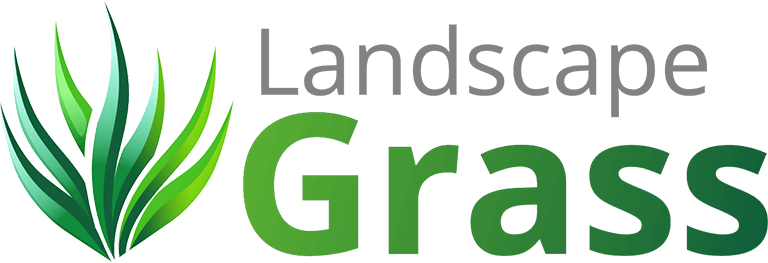Artificial grass offers several benefits, including:
- Low maintenance: No watering, mowing, or fertilizing required.
- Durability: Withstands heavy foot traffic and harsh weather conditions.
- Aesthetic appeal: Maintains a lush green appearance year-round.
- Environmentally friendly: Saves water and reduces the need for harmful pesticides and fertilizers.
The lifespan of artificial grass depends on various factors such as usage, quality of installation, and maintenance. Generally, high-quality artificial grass can last anywhere from 10 to 20 years or more with proper care.
Yes, artificial grass is safe for both pets and children. It’s non-toxic and lead-free, providing a clean and safe play surface. Additionally, artificial grass eliminates the need for harmful pesticides and fertilizers, making it safer for pets and children to enjoy.
Cleaning and maintaining artificial grass is simple and requires minimal effort. Regularly remove debris such as leaves and twigs with a leaf blower or a stiff brush. Occasional rinsing with water such as a hose pipe can help remove dust and keep the surface clean. For pet owners, we recommend using a pet-friendly enzyme cleaner to eliminate odours and bacteria.
Yes, artificial grass is environmentally friendly in several ways. It conserves water by eliminating the need for regular watering, reduces carbon emissions associated with lawn maintenance equipment, and eliminates the use of harmful pesticides and fertilizers that can pollute the environment. Additionally, many artificial grass products are made from recycled materials, further reducing their environmental impact.
Yes, many types of artificial grass can be recycled at the end of their lifespan. The materials used in artificial grass, such as polyethylene and polypropylene, can be recycled into other products such as plastic lumber or synthetic turf for sports fields. Contact your local recycling center to inquire about recycling options for artificial grass.
